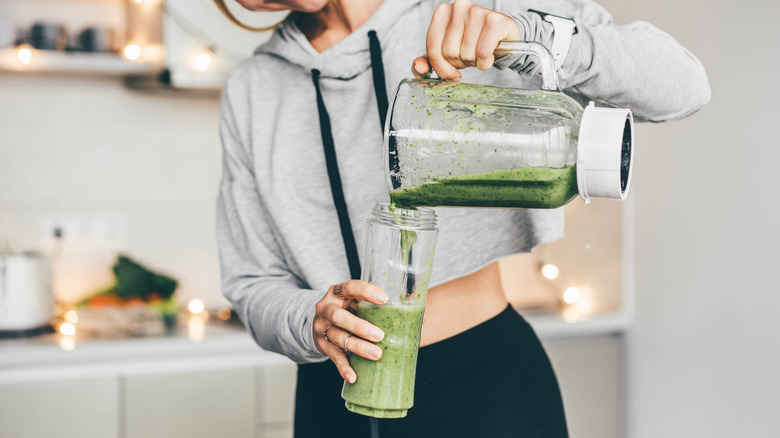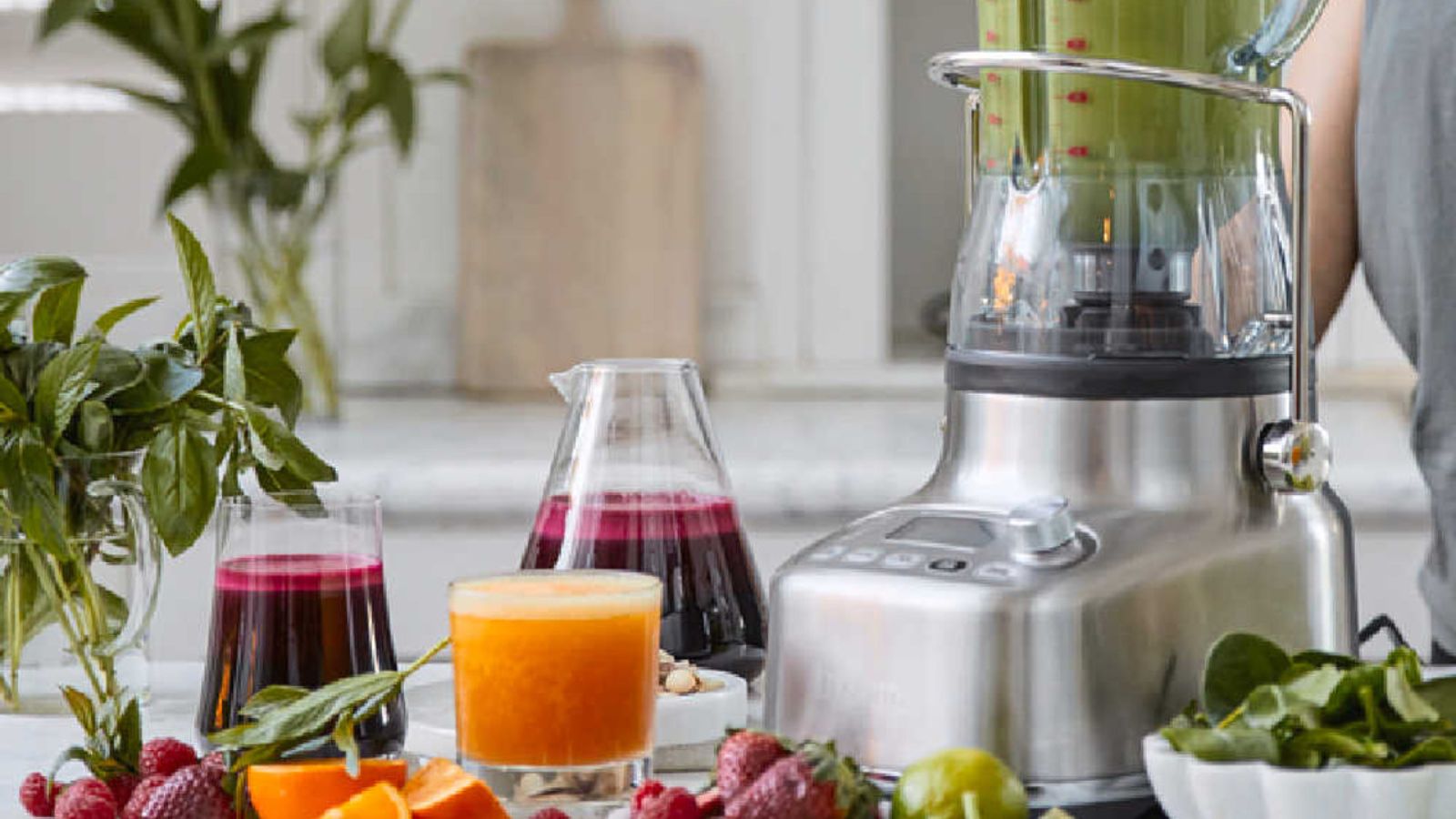The question ‘How does a blender work?’ might seem simple at first, yet it opens a fascinating world within the mechanics of this ubiquitous kitchen appliance. Whether you’re a professional chef or a home cook, understanding the inner workings of a blender can enhance your culinary adventures. In this article, we’ll explore the components, functions, and varieties of blenders, providing you with a complete understanding of their operation.

The Basics of Blender Operation
At its core, a blender is designed to mix, purify, or emulsify food and other substances. The primary component at work is the motor, which powers the blades. The motor’s speed and power are crucial in determining how effectively a blender performs. With a simple press of a button, the motor spins the blades, allowing you to blend your ingredients into a smooth consistency.
For more information on the types of blenders, you can visit this comprehensive guide that compares different blender types.
Components of a Blender
The Motor
The motor is the heart of any blender. It converts electrical energy into mechanical energy, powering the blades at various speeds. The power of the motor, usually measured in watts, determines the blender’s efficiency. High-power motors can handle tougher ingredients more easily, making them ideal for tasks like crushing ice.
The Blades
Blades in a blender are typically made of stainless steel and come in various shapes. The design of the blades affects how they chop and blend ingredients. Some blenders feature multiple blade levels to improve blending efficiency.
The Container
The container, or jar, holds the ingredients. It is usually made of glass, plastic, or stainless steel. Glass jars are heavy but do not retain odors or stains, while plastic is lighter and more durable. The choice of material can affect the blending experience.
Types of Blenders
Countertop Blenders
Countertop blenders are the most common type found in kitchens. They are versatile, capable of handling a variety of blending tasks, from making smoothies to pureeing soups. Their larger size typically accommodates more ingredients, making them suitable for family use.
Immersion Blenders
Immersion blenders, or hand blenders, are compact and portable. They are ideal for blending soups directly in the pot or making quick sauces. For a more detailed comparison, check out this comparison guide.
Personal Blenders
Personal blenders are designed for single servings. They are portable, easy to use, and perfect for making smoothies on the go. With smaller containers, they are often less powerful but convenient for personal use.
How to Use a Blender
Using a blender is straightforward. Start by adding your ingredients to the container. Secure the lid to prevent spills. Select the appropriate setting for your task, whether it’s blending, pureeing, or chopping. Once the desired consistency is achieved, turn off the blender and serve your creation.
For exciting recipes that utilize a blender, check out this Greek casserole recipe for a delicious blend of flavors.
Cleaning and Maintenance
Proper cleaning and maintenance are crucial for the longevity of your blender. After each use, disassemble the blender and wash the components. Most jars and lids are dishwasher-safe, making cleanup easier. Regularly inspect the blades and motor base for any signs of wear or damage.
Innovations in Blender Technology
Modern blenders come with features that enhance their functionality. Some models include pre-programmed settings for specific tasks, such as making soups or crushing ice. Others offer smart technology, connecting to your smartphone for customized blending programs.
Safety Tips for Blender Use
Always ensure that the lid is securely fastened before blending. Avoid overfilling the container to prevent spills. Keep hands and utensils away from the blades while the blender is in operation. If you need to stir ingredients, use a tamper specifically designed for use with the blender.
Common Blender Problems and Solutions
Blenders, like any appliance, can encounter issues. A common problem is the blades not spinning. This may be due to overloading or a faulty motor. Ensure the blender is not overloaded and check the motor for any issues. Another issue could be leaking, often caused by a loose or damaged seal.
Benefits of Using a Blender
Blenders offer numerous benefits, from saving time in meal preparation to providing healthier meal options. They allow for easy incorporation of fruits and vegetables into your diet, aiding in nutrition and wellness.
FAQs
What can you make with a blender?
Blenders are versatile and can make smoothies, soups, sauces, dips, and even dough. The possibilities are endless with the right ingredients and settings.
How do you choose the right blender?
Consider your needs, such as the types of foods you plan to blend and your budget. Look for features like motor power, container size, and additional settings that match your requirements.
Can you put hot liquids in a blender?
Yes, but with caution. Some blenders are designed to handle hot liquids, while others are not. Always check the manufacturer’s instructions to ensure safety when blending hot ingredients.

Conclusion
Understanding ‘how does a blender work?’ opens a new world of culinary possibilities. Whether you are blending smoothies, pureeing soups, or creating sauces, knowing the mechanics and features of your blender can enhance your cooking experience. Embrace the power of this amazing kitchen tool and enjoy the creativity it brings to your kitchen.
This article contains affiliate links. We may earn a commission at no extra cost to you.

